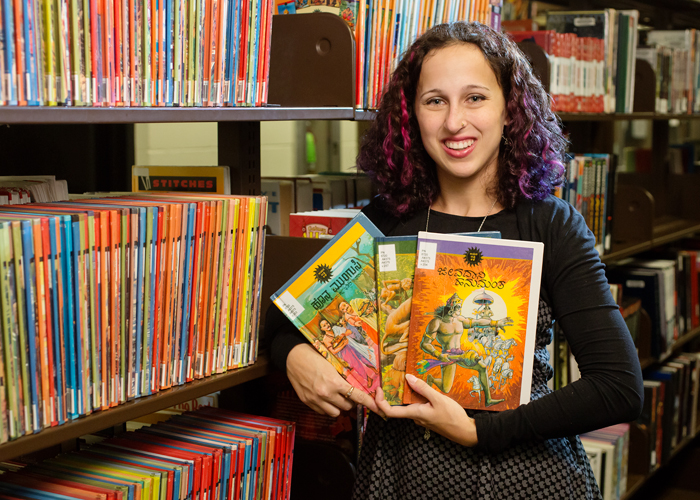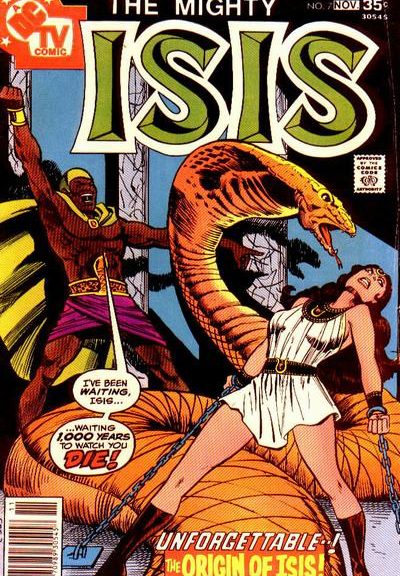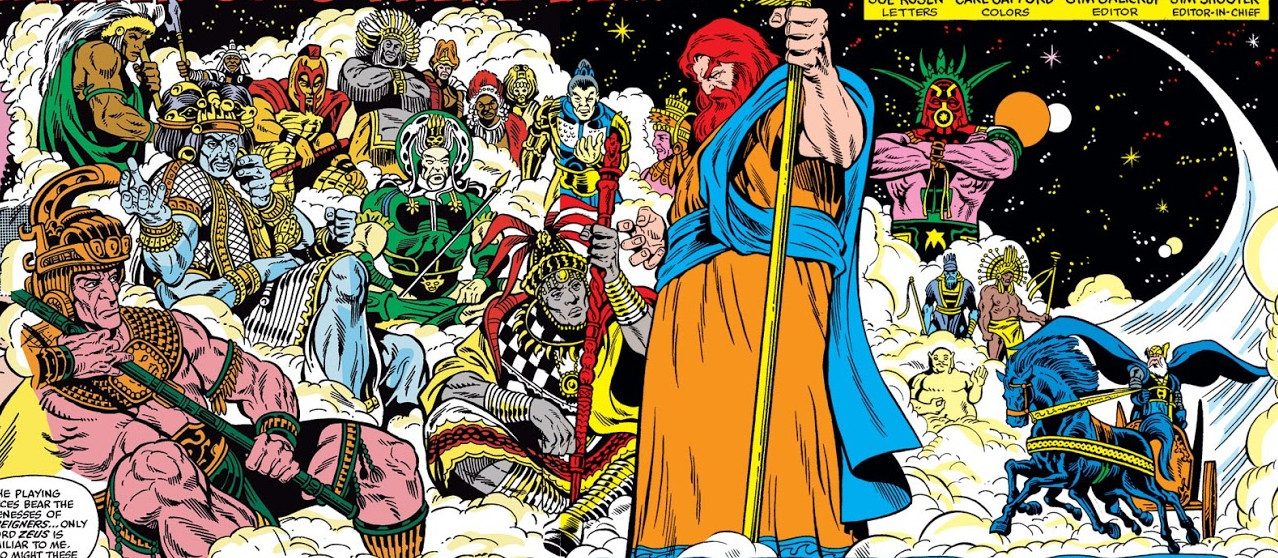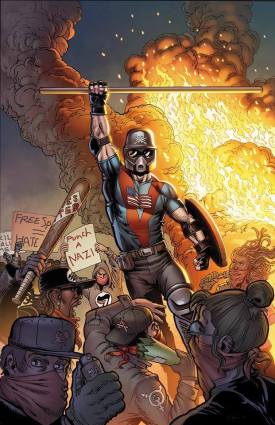
For the largest collection of Indian comics in the U.S., including those about Hindu myth, lore, and religion, one would want to travel to the University of Illinois where Mara Thacker, librarian and professor in South Asian studies, has curated a collection along with reference services librarian David Ward.
“The uniqueness is one of the things we first thought about,” Ward said. “It’s an area that’s not being collected heavily elsewhere in the United States, which provides the opportunity to have this unique collection.”

In addition to compiling the collection, cataloguing it has been its own “beast,” reports Nicole Ream-Sotomayor, foreign language cataloging specialist. “The comics proved to be the hardest material she has ever had to catalog,” reports Stephanie Kim of The Daily Illini.
The inspiration for such a collection, reports Jodi Heckel of The Illinois News Bureau, came from the library’s initial collection of comics and graphic novels as well as its push for foreign-language material. Spinning out of a workshop of he Committee on South Asian Libraries and Documentation, Thacker engaged in the task.
Along with the comics themselves, the library offers useful online LibGuide for research and popular resources on the topic, along with a go-to bibliography.
Tacker can be followed on Twitter as @marathacker.




 If you missed this year’s Free Comic Book Day, then you likely didn’t hear about
If you missed this year’s Free Comic Book Day, then you likely didn’t hear about 